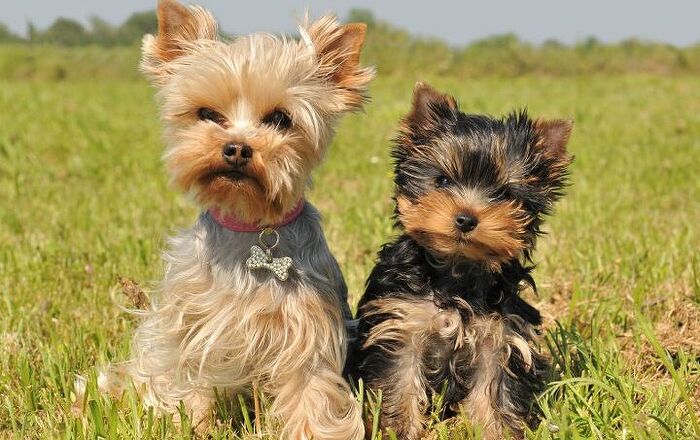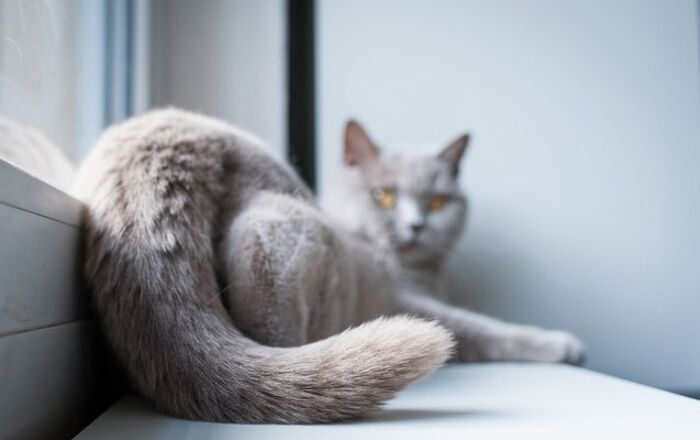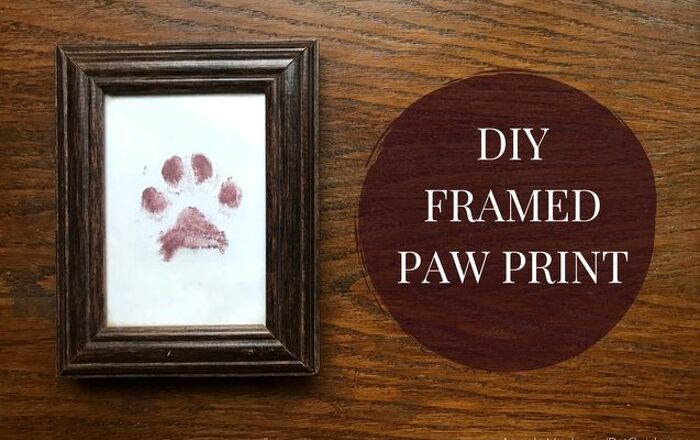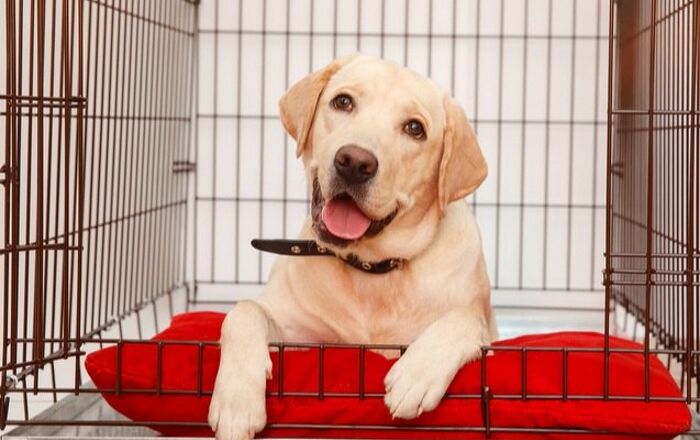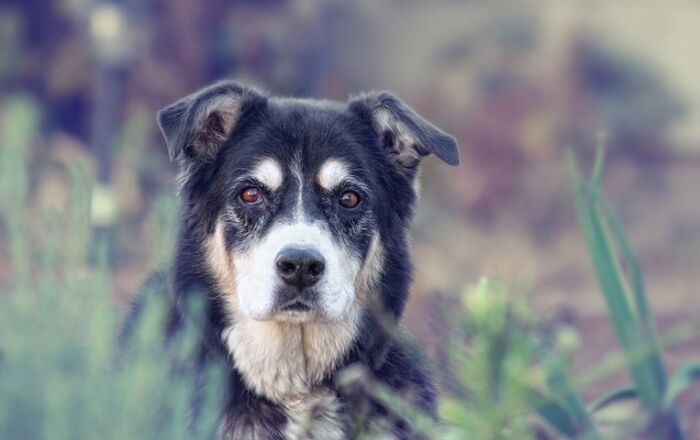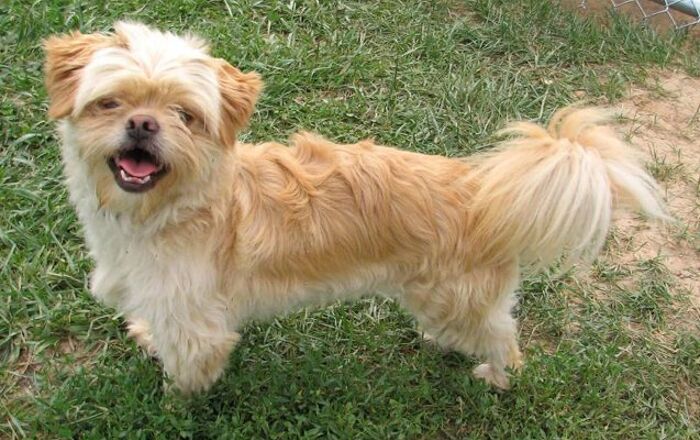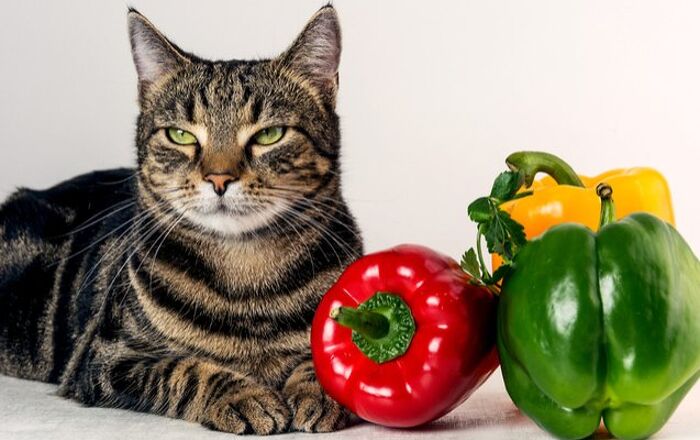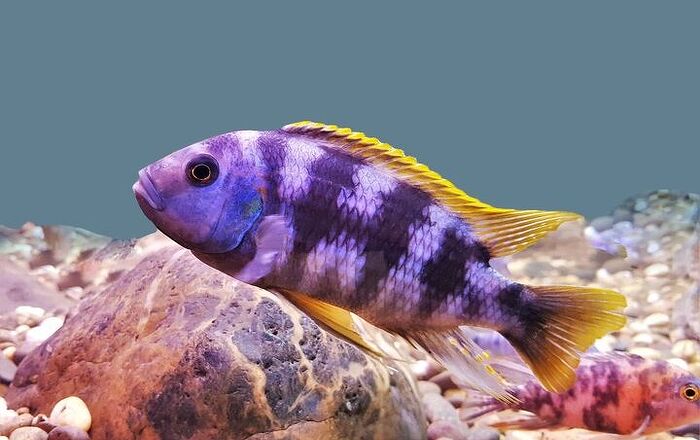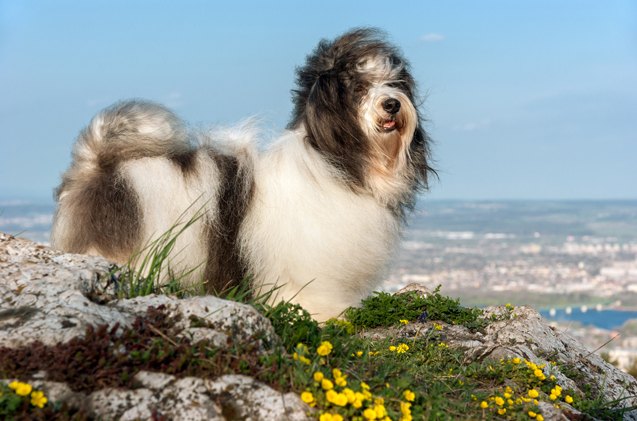
Havanese Basics
A toy dog straight from Cuba, the Havanese is a lapdog, performer, and companion. A loved favorite all across the world, it emerged as the national dog of the country it hails from and the iconic symbol of its capital, Havana- which is how the breed got its name. Happy to be the center of attention at all times, this breed is curious, playful, and affectionate towards children, strangers, dogs, and all other pets. This breed will work to please everyone and are quick learners. Considered as the ideal loyal friend and a loving pet, the Havanese has a lot to offer in every aspect.
A perfect pet and a wonderful companion for the entire family, the Havanese does better in warmer climates (it is from Cuba, after all) and will spring into action at the first sign of fun. What is more, this breed is characterized by its solid health and a fun and energetic personality. In essence, they are such lovable dogs whose charm is hard to resist. Let’s learn a bit more about this breed.
A toy dog straight from Cuba, the Havanese is a lapdog, performer, and companion.
Origin
This breed originated in Cuba, by way of Spain. An old breed, the Havanese was once a lapdog for royalty before making its way into the households of everyday people. The breed was once called Blanquito de la Habana, which translates to Havanese Silk Dog. Generally, it is believed that the dogs Havanese breed originated from were first found in Tenerife – the largest island of the Canary Island group. It is likely that they belong to the bichon family of dogs, and that they arrived in Havana, Cuba on board of Spanish trade ships. Over the centuries, with some careful interbreeding, the charming Havanese that we know and love today has emerged.
In the 1970s, when many Cubans had to flee their country, their Havanese pets were often by their side. In the end, several families from Cuba brought their Havanese to the US, where the breed gradually gained a foothold and became recognized. Nevertheless, it can still be hard to find a breeder near you. Expect waiting lists and expensive prices if you have your heart set on one. Still, the wait will certainly be worth it – Havanese are hard to resist!
Pedigree
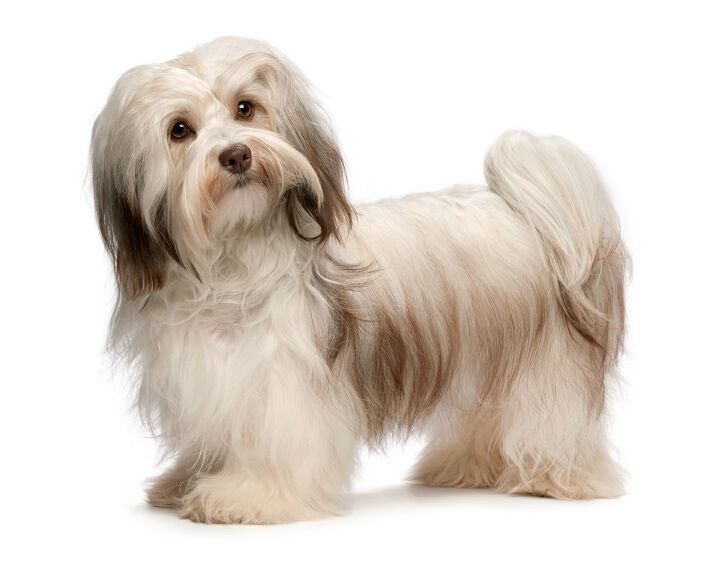
An old breed, the Havanese is a descendant of dogs brought to Cuba from Spain. This breed could be related to the Tenerife, an ancestor of the Bichon family.
Because of its relatively recent introduction to North America, the Havanese was recognized by the AKC in 1996. Of course, there are several iconic features that make the Havanese an easily recognizable breed all over the world. A popular show dog, it often boasts a long silky coat that can be groomed to absolute perfection. The coat is often slightly wavy, and grown particularly long – covering the whole of the dog’s body except the facial features. Color combinations too can be diverse, with pure white being the most popular.
Food / Diet
Feed your Havanese a high quality dry kibble. Instead of frequent small meals, you may choose to let your dog free feed (eat at its own convenience throughout the day). Either way, it is crucial to ensure a balanced and nutritious diet for your doggo. If your pet is a proud show dog, then this becomes an even bigger imperative: a good balance of minerals and vitamins from their diet will ensure a silky, smooth, and shiny coat. To this end, it can help to include an occasional meal of red meat and veggies in order to balance the diet out. Of course, it helps to always advise with your vet to find out what the best diet plan would be for your Havanese.
This breed will work to please everyone and are quick learners.
Training
The Havanese may be one of the easiest dogs to train due to its intelligence, but it still needs instruction. Starting with the training early on can yield great results – remember to rely on positive reinforcement and to have plenty of patience. With patience and right approach working in your favor, your Havanese can become the example pup in no time. And if you opted for dog shows, training like this will become even more important.
Since this breed loves to make its owners happy, you’ll find that after some training, your dog will do as it is told. The Havanese likes to play games of search and find, and since it has an amazing sense of smell, will sniff out a treat anywhere you hide it.
Training must always be done firmly with consistency, so your dog knows what it is expected to do. You’ll be happy to learn that housebreaking your dog should be quick. Because this pooch loves to please you, you will often find that your dog doesn’t want to eat alone – you dog may stop eating if you leave a room in order to follow you, so you may have to plan to have your meals at the same time as your Havanese.
Weight
Both the male and the female Havanese weigh 7 to 13 pounds. In combination with their moderate height, this light weight makes them fast and energetic – and surprisingly athletic. With a lean build and a sparky attitude, the Havanese will easily spend their calories and will rarely succumb to obesity. Chubby Havanese dogs are almost nonexistent!
Temperament / Behavior
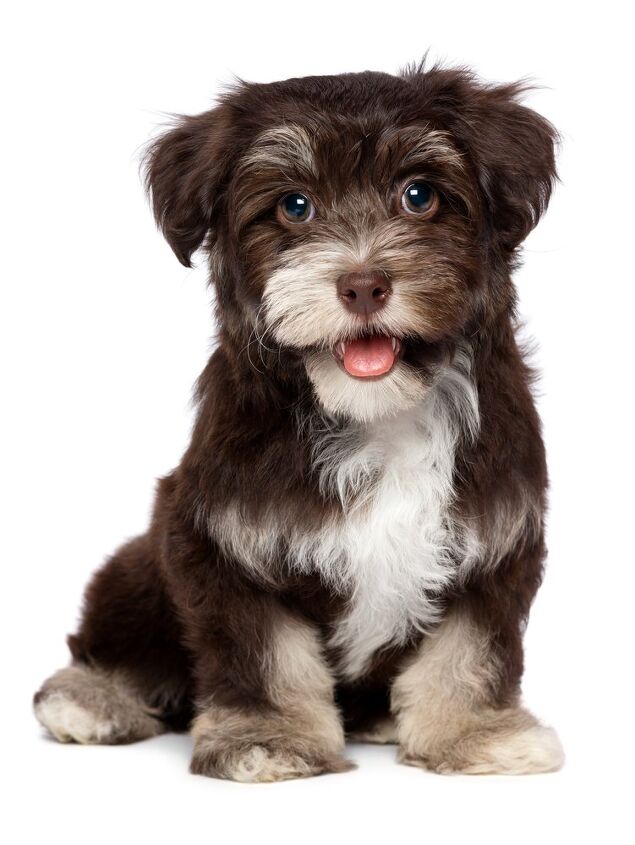
Friendly, loving and happy, the Havanese loves to play with its owners and other animals. This breed also loves attention and will perform tricks and stunts to get it.
Even though it is a toy dog, the Havanese doesn’t bark excessively. They will bark at strangers until introduced and petted. This breed isn’t aggressive or territorial, and is always a pleasure to have around. Don’t be surprised if your pooch follows you around the house – it loves to be with you at all times.
Common Health Problems
The Havanese is susceptible to different medical problems. Once it gets older, this breed may suffer from cataracts. At any age, dander seems to be a problem due to dry skin and may require special medication to prevent and treat it. Genetic diseases that may present in the breed include luxating patellas and PRA.
Life Expectancy
Havanese dogs have a life expectancy of 14 to 15 years. If you ensure ample care and a loving environment, you are guaranteed a companion for a good chunk of your life. Just remember that diet and exercise are important – as are the regular veterinary check ups!
Exercise Requirements
It may be small, but the Havanese has plenty of energy. It’s important to remember that exercise is important to prevent illness and health problems as your dog gets older. Your pup should partake in a moderate amount of exercise each day. Since it is so small, running around the house is usually as much as this pup needs. As well, take your dog out for regular walks and fresh air.
Friendly, loving and happy, the Havanese loves to play with its owners and other animals.
AKC
The American Kennel Club says this about the breed: “The National Dog of Cuba and the country’s only native breed, the Havanese is a small, sturdy dog with a friendly disposition. His wavy, silky coat is profuse, but remains extremely light, insulating and protecting the breed against harsh tropical heat.”
Coat
You’ll be happy to learn that the Havanese has fine fur that does not shed. The fur is usually a silky texture and thick to protect it from the sun. Because it got its start in a warm country, it doesn’t do well in cold weather, so when the temperature starts to drop, you’ll want to keep your dog inside.
Pearly in appearance, the coat grows to about six to eight inches long. The coat can be smooth, curly, and wavy, but most people prefer the wavy coat variety. You’ll need to brush your dog on a regular basis, otherwise the fur will knot… besides, brushing is another great way to remove dander build up.
Puppies
These adorable furballs are too cute to ignore, so give your Havanese puppy lots of attention. And be sure to give your puppy some small stuffed animals or a squeaky toy, or chew toys are great. Puppies prize its toys – you puppy will probably take a few into its cage or crate to sleep with.
Photo credit: Dorottya Mathe/Shutterstock


